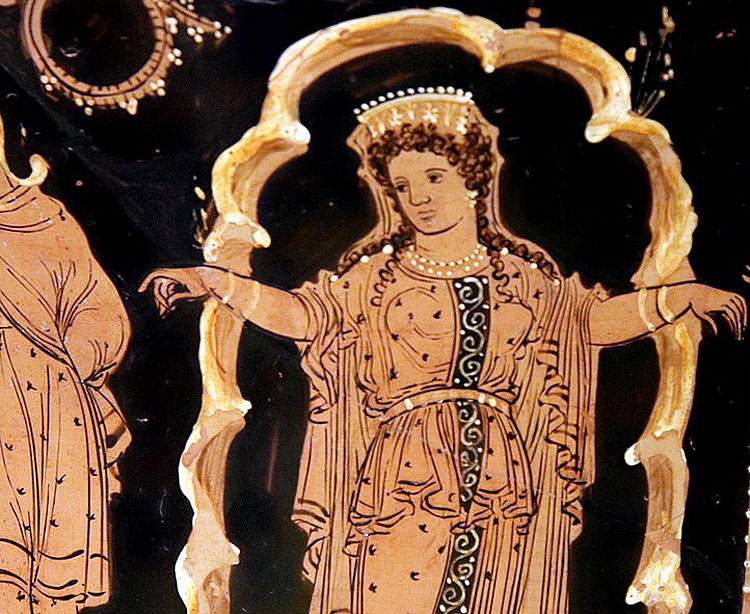The story of Andromeda and Perseus in a 340 B.C. vase: the MArTA recounts
On the occasion of Valentine’s Day, a video on the social channels of the National Archaeological Museum of Taranto tells the myth of a great love: that between Andromeda, daughter of the king of Ethiopia, and the hero Perseus. The story is featured in a valuable Apulian-made vase, dated between 340 and 330 B.C. and produced in north-central Apulia: a loutrophoros, the vessel used to transport water for purifying rituals for young brides, which ended up illegally in the United States and was returned to Italy in the early 2000s thanks to the intervention of the Carabinieri Command for the Protection of Cultural Heritage.
Through the video, the museum thus tells the details of the love story between Andromeda and Perseus and at the same time the art of red-figure ceramics.
Andromeda and Perseus, along with the sea monster and the winged god of love, are the protagonists of a small film of the time: Andromeda tied to a rock is condemned, due to the wrath of the sea god Poseidon, to be devoured by a sea monster, and Perseus, a new prince charming, brings her to safety.
“It’s a way to intrigue and return to bring art, culture and archaeology closer to children,” comments the director of the National Archaeological Museum of Taranto, Eva Degl’Innocenti, “but also to actualize the great love stories that have always characterized the great civilizations of our time and of the past, and of which the MArTA is full of evidence.”
Pictured is the detail of Andromeda on the 340 B.C. vase at the MArTA in Taranto.
 |
| The story of Andromeda and Perseus in a 340 B.C. vase: the MArTA recounts |
Warning: the translation into English of the original Italian article was created using automatic tools. We undertake to review all articles, but we do not guarantee the total absence of inaccuracies in the translation due to the program. You can find the original by clicking on the ITA button. If you find any mistake,please contact us.





























